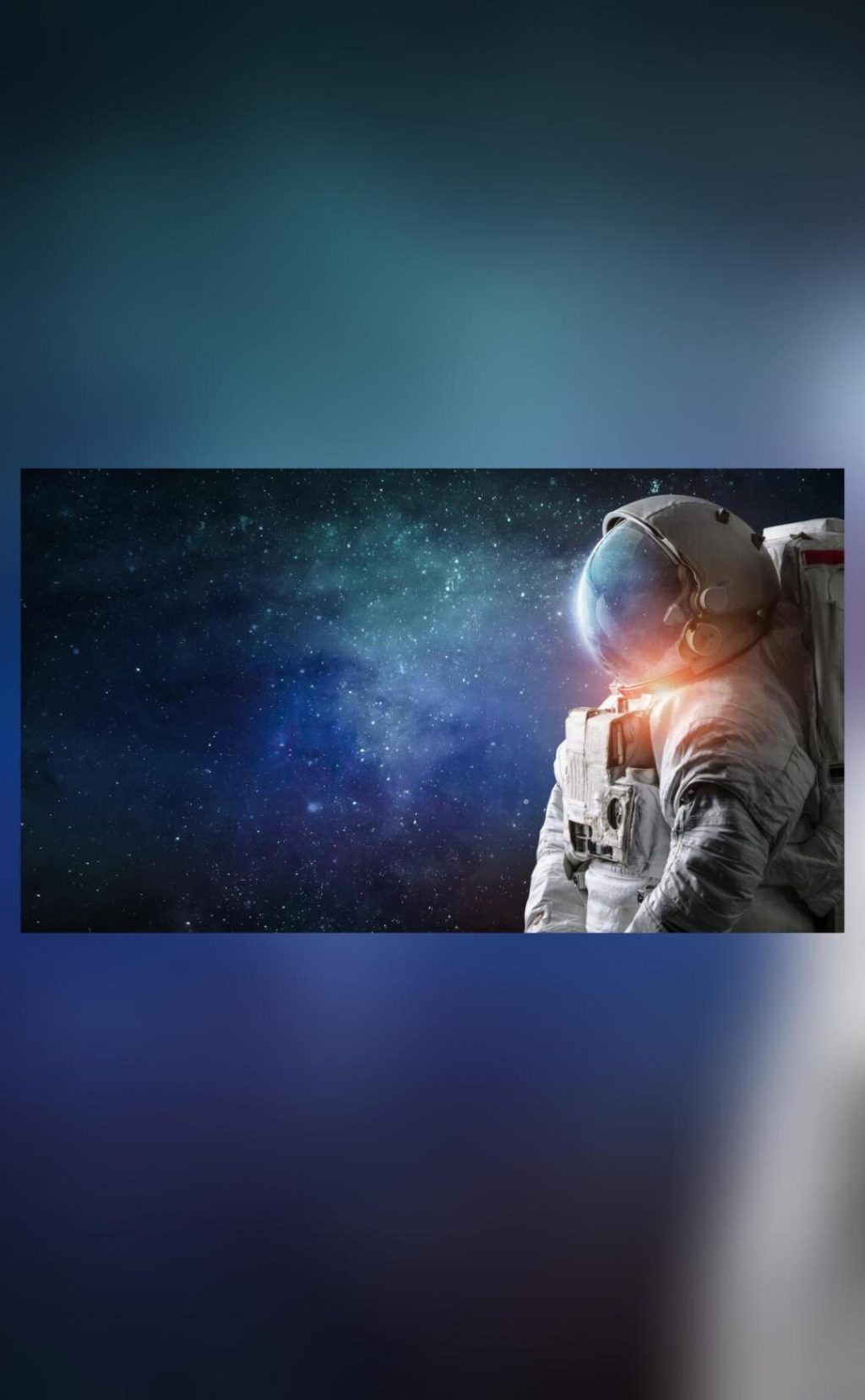
Google & NASA Create AI Medical Assistant for Mars Missions
As humanity takes the next giant leap in space exploration, ensuring the health and well-being of astronauts on long-duration missions to Mars and beyond is a top priority. To address this challenge, NASA and Google have collaborated to develop an innovative AI-powered medical assistant that can accurately diagnose and treat medical conditions in space. Dubbed the “Crew Medical Officer Digital Assistant (CMO-DA)”, this cutting-edge technology is designed to keep astronauts healthy and safe during their time in space.
The CMO-DA is a multimodal system that processes speech, text, and images to provide accurate diagnoses and treatment recommendations. This AI-powered medical assistant is built on Google Cloud’s Vertex AI platform, which enables it to learn from vast amounts of data and improve its performance over time.
During a recent test, the CMO-DA demonstrated impressive diagnostic accuracy rates of 88% for ankle injuries and 80% for ear pain. These results are a significant milestone in the development of AI-powered medical assistants for space exploration, and they have the potential to revolutionize the way medical care is delivered in space.
The CMO-DA is designed to work in conjunction with human medical professionals to provide comprehensive medical care to astronauts. It can assist with tasks such as triaging medical emergencies, diagnosing common medical conditions, and providing treatment recommendations. The AI system can also be used to monitor astronauts’ vital signs and detect any changes that may indicate a medical issue.
The development of the CMO-DA is part of NASA’s broader effort to leverage AI and machine learning technologies to improve the safety and efficiency of its space missions. By integrating AI-powered medical assistants into its operations, NASA aims to reduce the risk of medical errors, improve patient outcomes, and enhance the overall quality of care for astronauts.
The CMO-DA is also designed to be flexible and adaptable, allowing it to be used in a variety of settings and applications. For example, it could be used to provide medical care for astronauts on the International Space Station or for future missions to the Moon or Mars. The system could also be used to support medical research and development, enabling scientists to study the effects of space travel on the human body and develop new treatments for space-related medical conditions.
The collaboration between NASA and Google on the CMO-DA is a powerful example of the benefits that can be achieved through public-private partnerships. By combining NASA’s expertise in space exploration with Google’s capabilities in AI and machine learning, the two organizations have been able to develop a cutting-edge medical assistant that has the potential to make a significant impact on the safety and success of future space missions.
As NASA and Google continue to work together on the CMO-DA, there are many exciting possibilities on the horizon. For example, the system could be used to support medical research and development, enabling scientists to study the effects of space travel on the human body and develop new treatments for space-related medical conditions. The CMO-DA could also be used to support telemedicine applications, enabling astronauts to receive medical care remotely and reducing the need for in-person medical consultations.
In conclusion, the CMO-DA is a groundbreaking AI-powered medical assistant that has the potential to revolutionize the way medical care is delivered in space. By leveraging the power of AI and machine learning, NASA and Google have developed a system that is capable of accurately diagnosing and treating medical conditions, and that has the potential to make a significant impact on the safety and success of future space missions.
Source:






